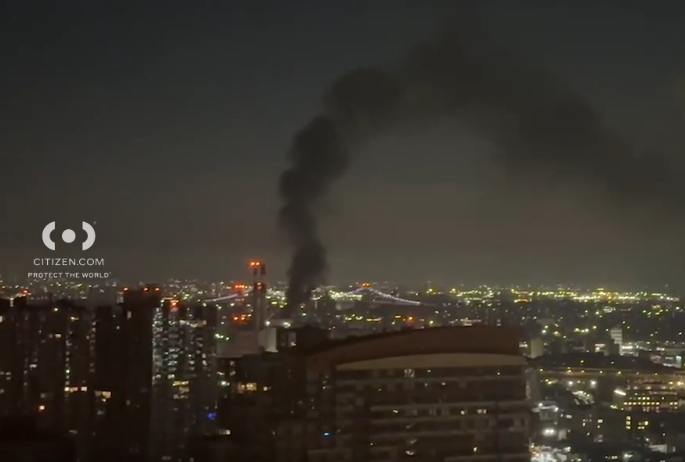By Charles Hack
For the sake of a few million dollars, Brooklynites could lose billions in a Katrina-style catastrophe as cutbacks in federal funding have left the city’s coast blind and defenseless, say local members of Congress. According to a report released Feb. 23 by Rep. Anthony Weiner, projects and programs that help protect the city have been slashed. “While New York City has taken steps to protect our shorelines, not enough has been done,” said Weiner in a statement. “Mother Nature can be unpredictable and our city and our citizens have to prepare for the worst.” The $1.4 million per year Atlantic Coast of New York Monitoring Program, an early-warning system for hurricanes run by the Army Corps of Engineers, was closed after funding shortages over the last five years. In addition, budget cutbacks have wiped out $3.97 million to build jetties and other protections along the coast. And New York City is the third-most vulnerable city to hurricane flooding after New Orleans and Miami, according to the Weather Channel. “New Yorkers want to believe that their government has learned its lesson from the Hurricane Katrina disaster – but this report shows that even though we’re the city third most vulnerable to hurricanes, our readiness and response plans are dangerously lacking,” said Rep. Jerrold L. Nadler. Coney Island, Seagate, Manhattan Beach and Brighton Beach are some of the most vulnerable neighborhoods to hurricane-force winds and storm surges in Brooklyn, according to Office of Emergency Management Disaster maps. According to the report in 2004, there was a fund of $1.75 million available to build coastal protections such as jetties and groins at Coney Island and Brighton Beach. That was slashed to $250,000 in 2005 and cut to zero in 2006. The budget for 2007 does include $2.4 million for Coney Island and Brighton Beach, however. Weiner wants the New York City Office of Emergency Management to better educate the public on their detailed plans for evacuating people from low-lying areas of the city. A recent study conducted by the Army Corps of Engineers found that only 21 percent of New Yorkers know whether or not they live in high-risk areas. Weiner said that seniors and disabled people are particularly vulnerable. Andrew Troisi, a spokesperson for the New York City of the Office of Emergency Management said that the information is widely available to anyone who wants it. Over 2 million copies of “Ready New York,” a guide for disaster preparedness, has been published. Hard copies are available in multiple languages by calling 311 or from the Web site at www.nyc.gov/html/oem. They are also available at schools, CERT team centers, community centers, and at all elected representatives offices in Brooklyn, he said. “The special needs populations are a central part of the hurricane plan,” Troisi said. In advance of hurricane hitting, the Fire Department would go to every senior citizen’s home to make sure evacuations are going as planned. If not, the Fire Department will take over the evacuation, Troisi said. “While we would not likely have a hurricane on the scale of Katrina, one risk is a storm surge,” Troisi said.. “That is why it is imperative that members of the public find if they are in coastal evacuation zone and if they are to make plans in advance to evacuate to a reception center or to friends outside the coastal evacuation zone.” Brooklynites who live on the coastal frontline could be left financially vulnerable because many private insurance companies are refusing to issue storm insurance. Weiner is calling for the Bush administration not to cut a federal flood insurance program designed to cover homes in flood-prone areas.

































